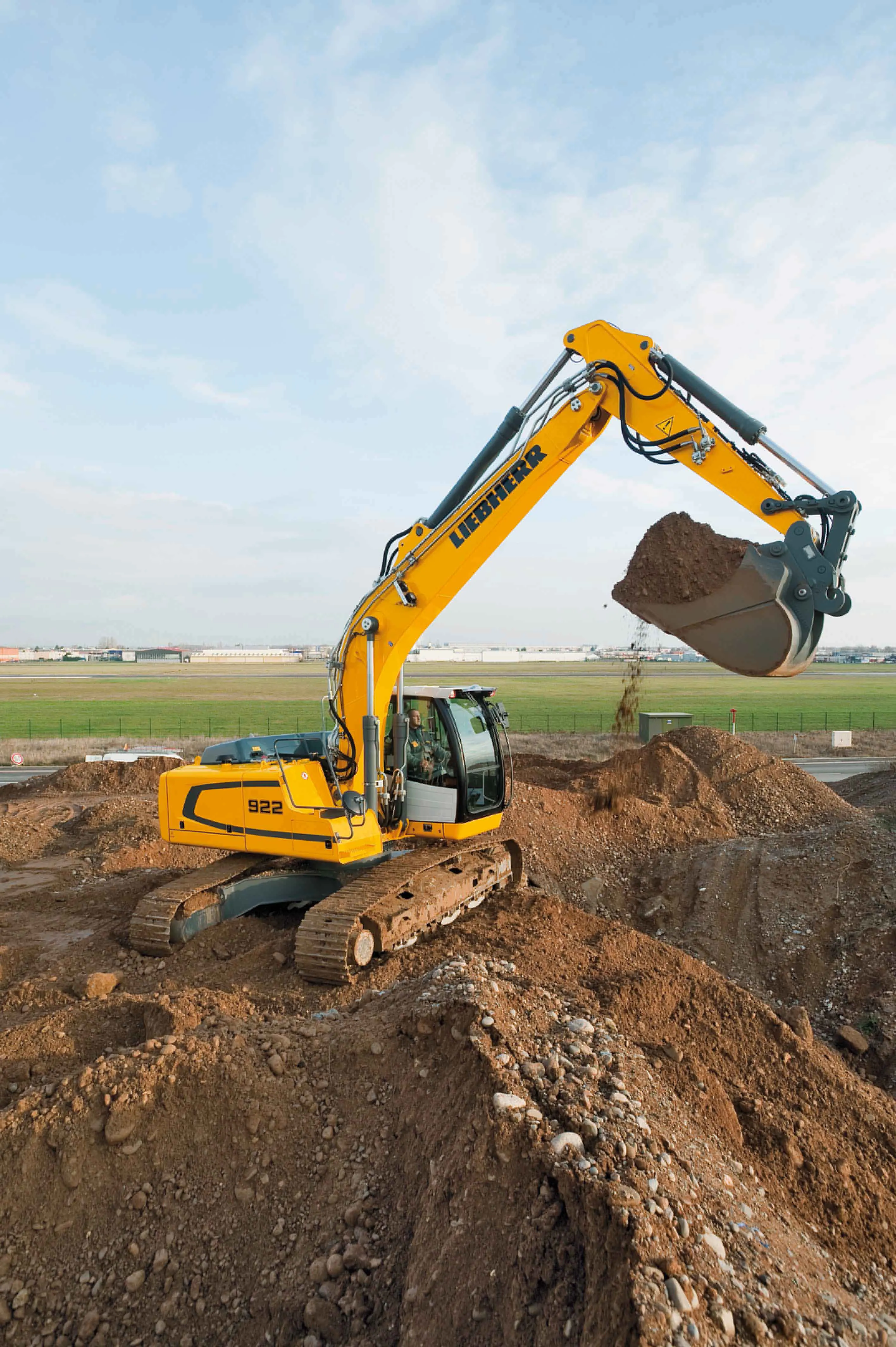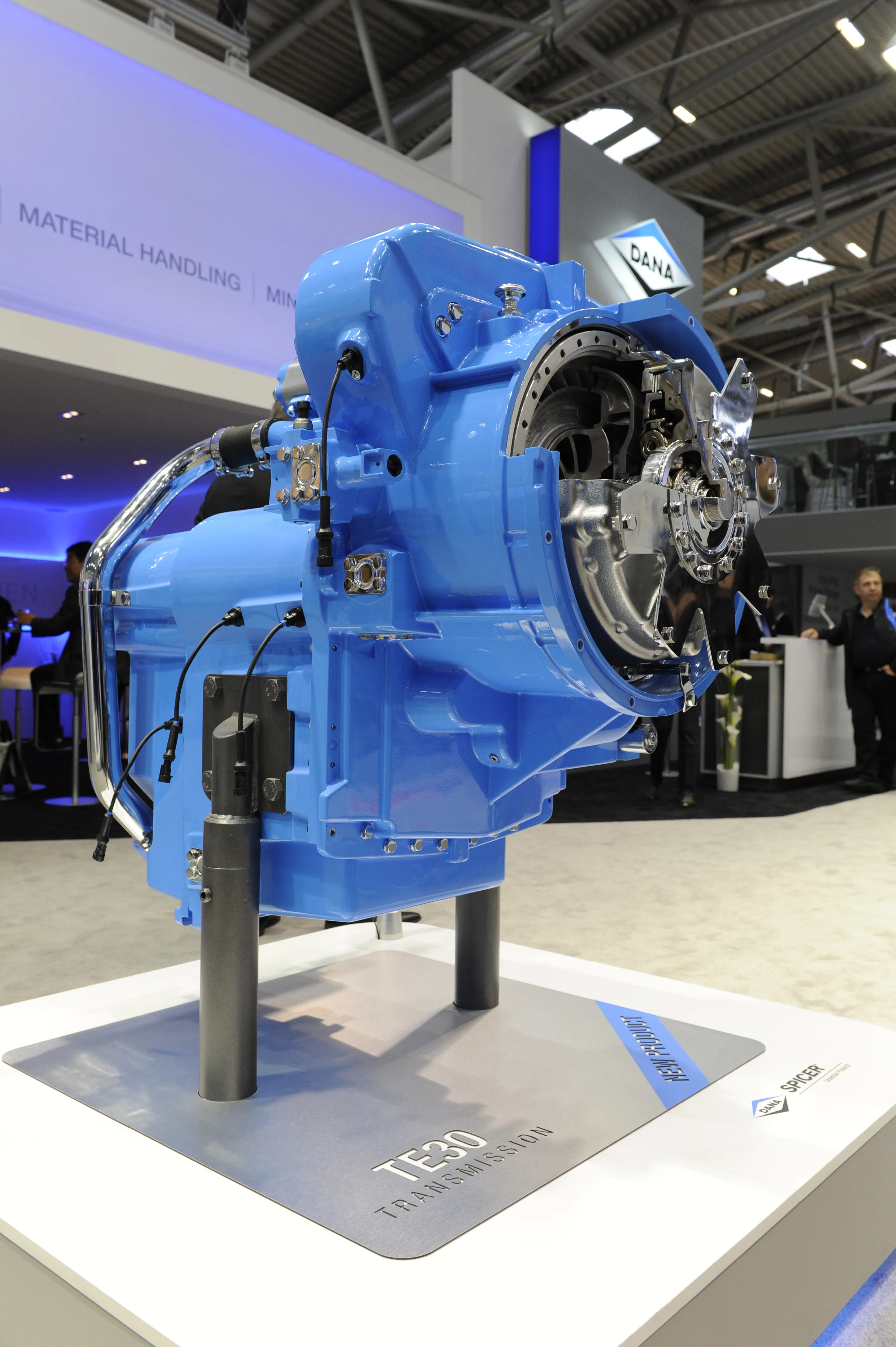Liebherr is launching a revised R922 crawler excavator, replacing the previous R906 and joining the R918 and R926 in the company’s medium weight line-up. Powered by a Stage IIIB Liebherr diesel engine, developing 105kW (143hp), the R922 weighs in at 22 tonnes and designed as a general purpose civils machine. Using a Dual Circuit Positive Control hydraulic system, the excavator is said to consume less energy than previous models, resulting in fuel savings for the customer. The machine on show will be exhibit
February 8, 2013
Read time: 1 min

Stand: 809-813
%$Linker:







